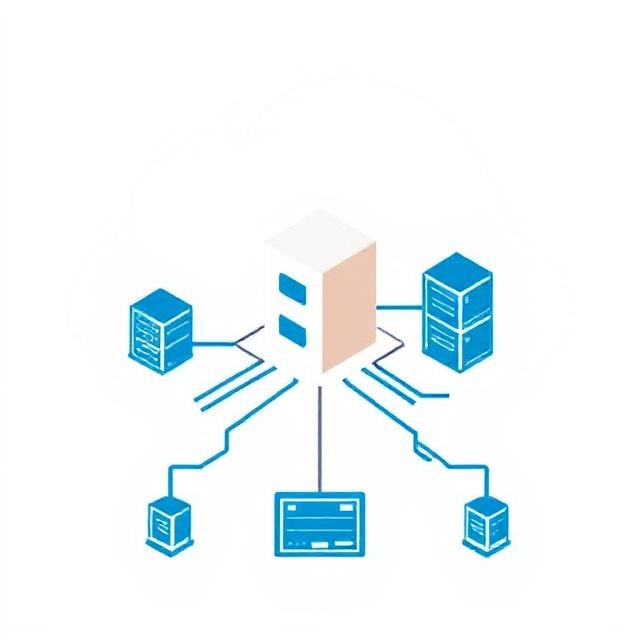Smart Strategies to Cut Cloud Waste and Lower Business Costs

Smart Strategies to Cut Cloud Waste and Lower Business Costs
Cloud computing has transformed the way companies operate, offering flexibility, scalability, and powerful tools on demand. However, many businesses are overspending due to inefficient cloud usage — a problem known as cloud waste .
Studies show that around 32% of cloud spending is wasted , often on unused resources, misconfigured services, or overprovisioned infrastructure. The good news? That number also represents a major opportunity. Optimizing your cloud use can reduce costs by up to a third.
Here are actionable tactics to help you eliminate cloud waste and make smarter spending decisions.
1. Run a Full Cloud Audit
Start with visibility. Conduct a detailed audit of your cloud environment to uncover:
- Idle or underused resources
- Overprovisioned instances
- Forgotten or orphaned assets
Use built-in or third-party cloud management tools to generate usage reports. This gives you the data needed to make informed optimization decisions.
2. Right-Size Your Resources
Right-sizing means aligning your cloud capacity with actual workload needs. Many businesses overbuy resources “just in case,” which leads to unnecessary costs.
Analyze performance metrics and adjust instance sizes accordingly. Most cloud providers offer tools that recommend optimal configurations based on real usage.
3. Leverage Reserved Instances & Savings Plans
If you have predictable workloads, consider Reserved Instances (RIs) or Savings Plans . These options offer significant discounts in exchange for committing to long-term usage.
Evaluate your resource consumption trends and choose plans that match your expected usage to maximize savings.
4. Automate Dynamic Scaling
For variable workloads, automated scaling ensures you only use what you need. Set rules to scale resources up during peak times and down when demand drops.
Tools like AWS Auto Scaling or Azure Autoscale let you maintain performance while avoiding overpayment for idle capacity.
5. Optimize Storage Usage
Storage costs can sneak up quickly, especially if old or unused data isn’t regularly cleaned up.
- Implement lifecycle policies to archive or delete outdated files
- Move infrequently accessed data to cheaper storage tiers
- Regularly review and remove unnecessary backups and snapshots
A proactive approach to storage helps keep costs under control.
6. Schedule Resource Start/Stop Times
Not every cloud environment needs to run 24/7. Development, testing, or staging servers can be turned off after hours or on weekends.
Automate schedules using cloud-native tools to ensure resources run only when needed — cutting costs without sacrificing productivity.
7. Clean Up Unused Resources
Unused cloud assets — like old snapshots, orphaned IP addresses, or forgotten accounts — continue to rack up charges.
Schedule regular cleanups and use tagging strategies to identify and remove these unnecessary items.
8. Consolidate Duplicate Tools
Different departments often buy similar tools independently, leading to overlapping subscriptions and wasted licenses.
Centralize software purchases and standardize tools across teams. This reduces costs and improves collaboration, reporting, and security.
9. Consider Serverless Computing
Serverless architecture lets you run applications without managing the underlying infrastructure. You pay only for the compute time you actually use.
Migrating suitable workloads to serverless platforms like AWS Lambda or Azure Functions can significantly cut both cost and complexity.
Ready to Optimize Your Cloud Spend?
Reducing cloud waste isn’t just about saving money — it’s about improving efficiency, performance, and sustainability. If you’re struggling with rising cloud bills or want expert help identifying areas of waste, we’re here for you.
📞 Contact us today to schedule a cloud optimization assessment and start making smarter cloud investments.





